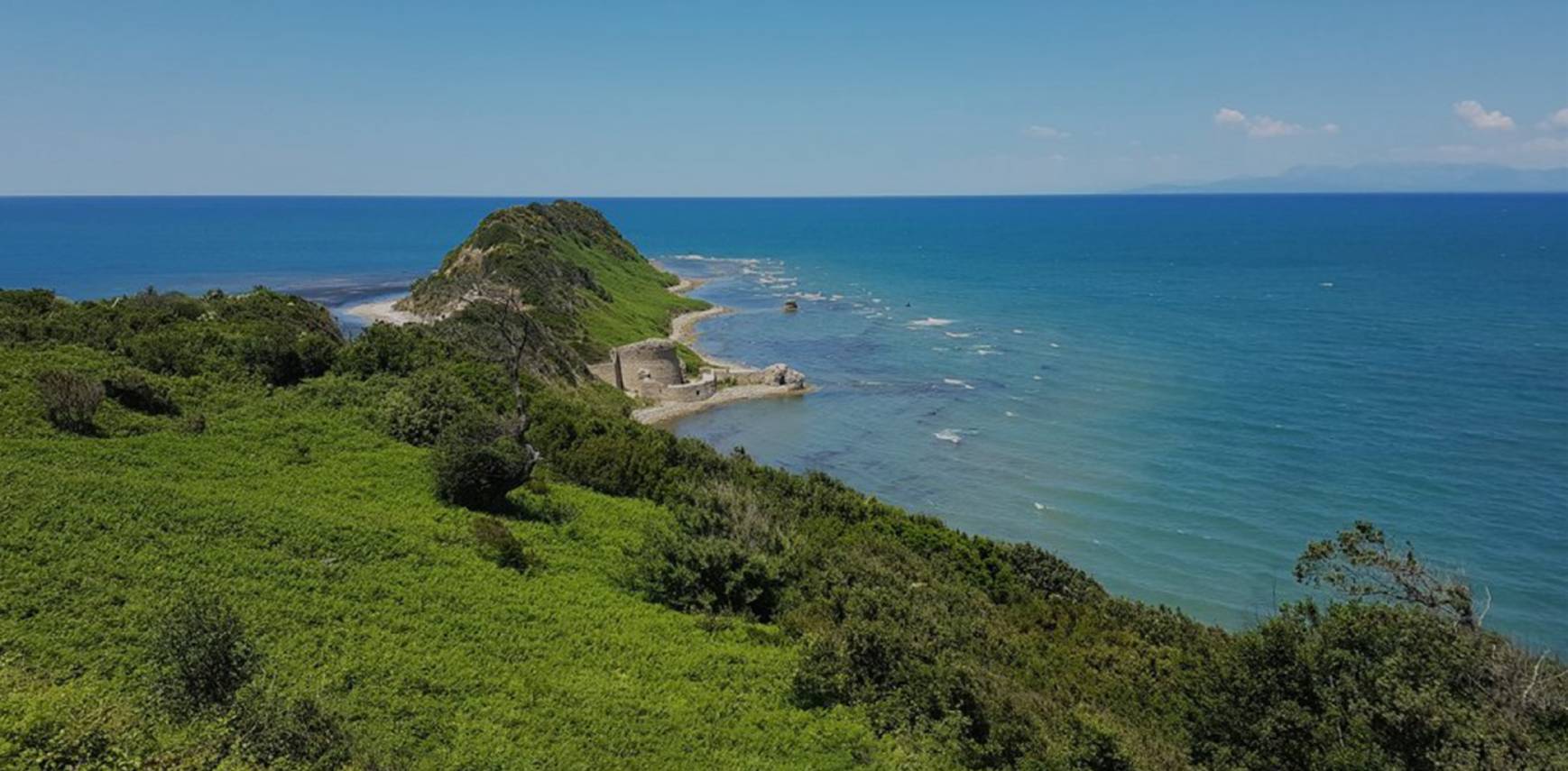Durres, ‘the eternal city’, is not only about worshipping the sun, as its rich history dates back to 627 BC., to an era it when belonged to ancient Illyria. The Roman amphitheater in the city center still reminds of this rich cultural heritage.
One of the most interesting attractions is Emperor Hadrian’s from the 2nd century AD, with a capacity of 15,000 people. It is the largest construction of that kind located in the Balkans. The old town was surrounded by a wall, a third of which is still standing. The Caesar himself walked along the ancient roads that have passed through history.
Numerous objects and buildings bear witness to the history of Durrës, baths dating from the 2nd century AD, a Byzantine forum with marble columns built around the 5th and 6th centuries, and a small 9th-century church whose walls are covered in mosaics.
If you're curious and want to find out more about its history, visit the town's archaeological museum.
The archaeological mosaic "Bukuroshja e Durrësit" (The Beauty of Durrës), (4th century BC) is preserved in Tirana's National Historical Museum.
Try to find the remnants of the Durres castle, which only remaining part is the city walls, built in the late 5th century to protect the place and strengthen in Middle Ages. In ancient times, Durres was the most fortified place in the Adriatic and the center of the region. Its first fortification was built already in the Hellenistic times. In the 16th century, a circular Venetian tower was added to the city walls. You can find both, the tower and the walls right in the center, next to the Amphitheater. Around one-third of the original walls remained, with a height of up to five meters and three entrances through them.
The Byzantine Forum was established here at the end of the 5th century. It had a diameter of 40 meters, with the marbled, paved ground, and was surrounded by the colonnade.
Still today you can see a few Corinthian columns scattered around – the best remnant of the bustling forum that used to operate here until the 7th century. Once the place was abandoned it served as the cemetery.
Don’t miss during your stay in Durres also the royal villa and the view of the city and bay from there, the archeological museum and relaxing in the city’s numerous beaches and their shallow waters, making it ideal for families with children.



